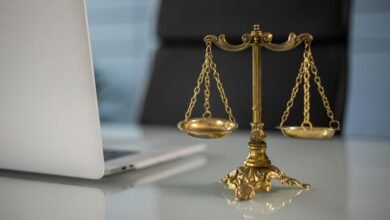Photoacomanha: O Impacto das Imagens no Processo Judicial

The use of visual evidence in the judicial process has become increasingly significant. Images can clarify complex information and shape juror perceptions. However, their emotional impact raises questions about the integrity of legal proceedings. The balance between effective communication and ethical standards remains a critical concern. As the role of imagery evolves, so too does the need to scrutinize its implications for justice. What criteria should govern the presentation of such powerful evidence?
The Power of Visual Evidence in Courtrooms
Although the legal system traditionally relies on verbal testimony and documentation, the integration of visual evidence has transformed courtroom dynamics.
Visual persuasion enhances jurors' understanding, offering tangible illustrations that words alone cannot convey. This shift empowers legal arguments, allowing attorneys to present compelling narratives that resonate more deeply, thereby influencing verdicts.
As such, visual evidence has become an essential tool in modern judicial proceedings.
Emotional Influence of Images on Jurors
The emotional resonance of images significantly impacts jurors' decision-making processes during trials.
Visual stimuli can evoke strong emotional responses, leading to emotional bias that skews juror perception. This bias may prioritize visceral reactions over objective analysis of evidence, thereby influencing verdicts.
Consequently, understanding the interplay between imagery and juror psychology is essential for ensuring fair judicial outcomes in the courtroom.
Ethical Considerations in the Use of Photographs
While photographs can serve as powerful tools in conveying evidence, their use within the judicial process raises significant ethical concerns.
Issues surrounding informed consent and privacy rights are paramount, as individuals depicted in images may not have agreed to their use in court.
Furthermore, the potential for misrepresentation or emotional manipulation necessitates careful scrutiny of photographic evidence to uphold justice and respect individual dignity.
Conclusion
In conclusion, while the integration of visual evidence in courtrooms undeniably enhances juror comprehension and engagement, it raises significant ethical questions regarding emotional manipulation and consent. How can the judicial system balance the persuasive power of images with the need for fairness and integrity? As the landscape of legal proceedings evolves, it becomes imperative for legal professionals to navigate these complexities thoughtfully, ensuring that the use of photographs serves justice rather than undermining it.





